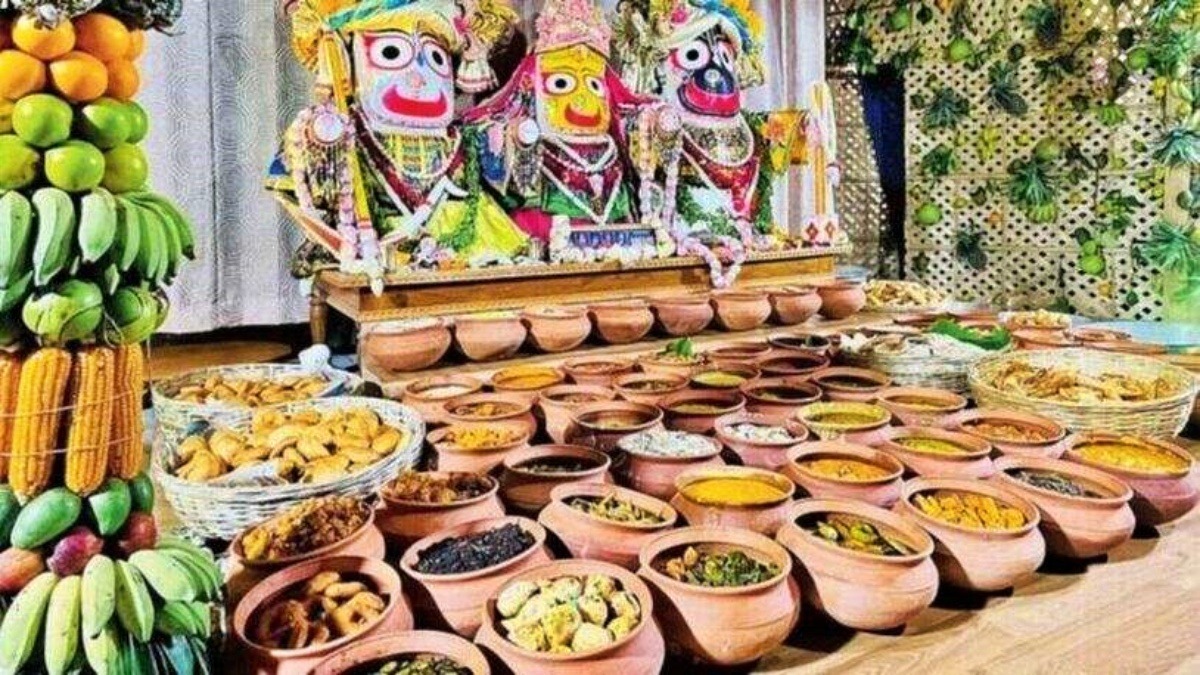
Jagannath Rath Yatra 2024: Every year Jagannath's Rath Yatra is taken out with great pomp. Devotees from every corner of the country come to participate in it. This time the 147th Rath Yatra of Lord Jagannath will be taken out. According to the Panchang, Lord Jagannath's Rath Yatra is taken out on the second day of Shukla Paksha of Ashadh month and ends on the eleventh day of Shukla Paksha. Therefore, preparations start several months in advance. This festival lasts for a total of 10 days. The Prasad of Lord Jagannath Temple has its own special feature.
The food served in the temple of Jagannath Puri is called Mahaprasad. Devotees come from far and wide to take it. This offering varies from place to place. The kitchen located in the Jagannath temple is also called the world's largest kitchen. Here 56 bhogs are also prepared for Lord Jagannath.
Now in such a situation, a question arises in the mind that why is the Mahaprasad of God made in an earthen pot only. Let us know about it in detail from astrologer Pandit Arvind Tripathi in this article.
Earthen pot is a symbol of purity
Soil is considered a sacred element. In Hinduism, soil is considered a symbol of Goddess Earth, the source of life and prosperity. Soil is a symbol of nature and Jagannathji is associated with nature. Devotees express their gratitude to nature by making symbols in clay pots. Clay pots symbolize simplicity and humility. Jagannathji is considered equal to all devotees and an idol made of clay reflects this sentiment. Therefore, the idol of Lord Jagannath is made in a clay pot.
Clay pots are a symbol of good luck
In Hinduism, clay is considered a symbol of Goddess Earth, who is the source of life and prosperity. Not only this, Mahaprasad made in clay pots is very dear to Lord Jagannath. Therefore, Mahaprasad of Lord Jagannath is made in clay pots.
Mahaprasad is prepared in the world's largest kitchen
The kitchen located in the Jagannath temple is said to be the world's largest kitchen. There are 240 stoves made of clay and brick here. Along with this, 500 cooks along with 300 companions prepare 56 bhogs. The process of cooking is also different here. Here 9 utensils are placed on top of each other on the stove. Which also represents Navgrah, 9 grains and Navdurga. The special thing is that the food is first cooked in the vessel placed on top.
 look news india
look news india